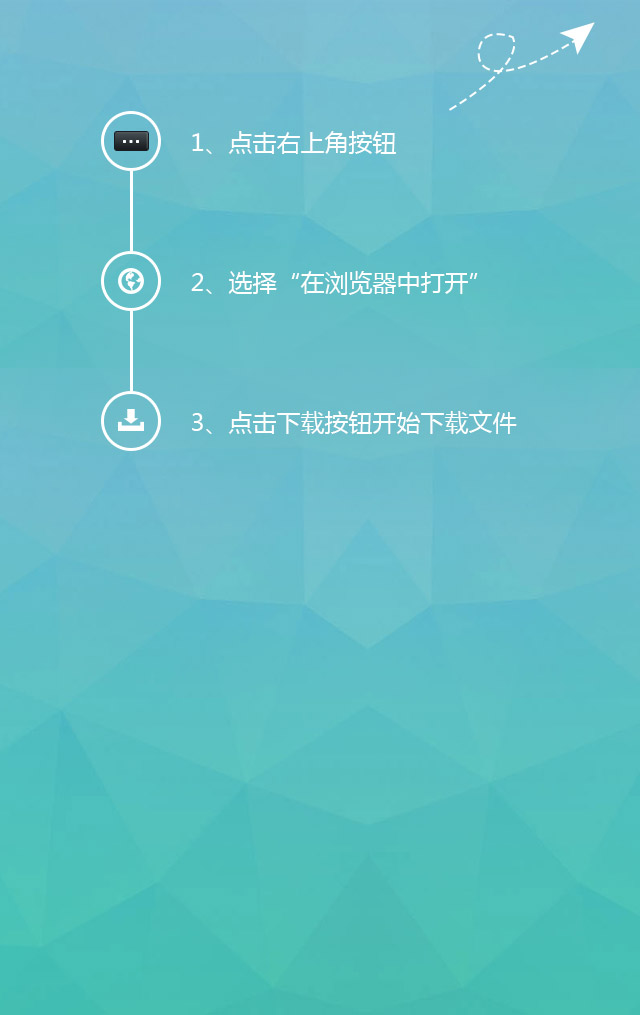These 5 charging methods, charging in winter will hurt the battery of electric vehicles, are you still using them?
The first charging method: I heard that there are many benefits of floating charging, so I am over-floating

If you have an understanding of battery maintenance knowledge, you have heard the word "float charging". It is a charging stage of mainstream chargers. "Floating charging" charging is also called "maintenance" charging. After the green light, do not unplug immediately, and perform a "float charging" for a certain period of time, which not only makes the battery capacity more fully charged, but also prolongs the battery life.
However, although "floating charging" is good, it can indeed increase the battery life in winter, but it should not be "floating charging" too much. Once the "floating charging" time exceeds 2 hours, or the total charging time of the whole vehicle is greater than 10 hours, the The active material of the battery will be gassed in an overheated environment, and the electrolyte will also be evaporated, which will damage the battery such as bulging and water loss, which will reduce the battery life of the electric vehicle and shorten the battery life.
How to avoid: Effectively controlling the "floating charge" time is to avoid the damage caused by overcharging, and the "floating charge" time, the large capacity battery of 20AH and above should not be charged for more than 2 hours in winter, and the small battery of 12AH should not be charged for more than 2 hours in winter. Capacity battery, "floating" time of 1 hour is enough, this is my suggestion.
The second charging method: I am always afraid that the power is not enough, and the lead-acid battery can also be charged at any time.

In winter, electric vehicles will have low charging efficiency, easily not fully charged, and slow discharge efficiency, fast power failure, and easy to run out of power. I have such friends around me, and I always worry that my electric vehicle will be in the middle of the road. There is no electricity, so as long as you finish riding the bike, you want to charge the electric vehicle and keep the electric vehicle fully charged at all times.
Theoretically speaking, lithium batteries can be operated in this way, and it is "pros outweigh the cons" when using and charging, but if it is a lead-acid battery, it is not recommended to do so. The cycle charging times of lead-acid batteries are very limited, and frequent waste charging The number of times will accelerate the shortening of battery life.
How to avoid: When charging lead-acid batteries, the optimal residual power should be about 30%. If you are worried about the lack of power, you should also control the charging within 40%. Avoid the existence of backlog voltage and damage the battery.
The 3rd charging method: In order to charge anywhere, carry the charger with you

When the battery life becomes poor, many car owners will make a preparation and prepare the charger in case of a temporary need. This approach is correct, but for many electric vehicles, the shock absorption system is not well done, and the charger is placed In the seat bucket, the electronic components of the charger will fall off due to bumps. Moreover, although many chargers are faulty, they can still exist, but the soft-start function may be lost, causing inrush current to the battery, causing damage, possibly The light will jump if you are not ready, and the light will jump before it is fully charged, which will affect the battery life of the electric vehicle.
How to avoid: If you need to carry a charger with the car, be sure to ensure the stability of the seat bucket. You can put some old clothes, sponges and other fillers to reduce the bumpy feeling. Of course, you can also buy two chargers and put one at work. , put one at home.
The fourth charging method: slow charging in cold weather, frequent use of fast charging stations

The working principle of the battery is that the active material of the positive and negative lead plates undergoes a chemical reaction, and the current is converted into "chemical energy" for storage. Once the weather becomes cold, the reaction ability of the active material will slow down and the resistance of the reaction will increase. Affecting charging efficiency, late charging is not enough, and some car owners will use fast charging stations or fast chargers.
No matter what kind of fast charge it is, its principle is "everything changes", and it uses a high current input to achieve full battery capacity. This method can be used occasionally, but frequent use will lead to battery failure. Problems such as the reaction and decomposition of the electrolyte and gas production occur, which damage the battery and affect the battery life.
How to avoid: Fast charging can only be used for emergency use, and should not be used as a normalized method of charging. It is slow to charge in cold weather, which can increase the temperature of the charging environment, such as charging indoors, charging under the sun, and increasing charging efficiency.
The fifth charging method: charging when parked, and riding when unplugged

There are always friends like this around. They are used to charging the electric bike immediately after riding, and when they need to use the bike, they will ride the bike immediately after unplugging the battery. Although this is very efficient and easy to use, it hurts a lot. Batteries, and whether lithium or lead-acid, can cause harm.
The battery is a model that is very afraid of "overheating". Never in winter, the battery will not be very hot. When the electric vehicle is charging and the electric vehicle is discharging, the temperature can reach 30 ℃ or more, and when it is parked, it is charged and unplugged. The habit of cycling on electricity will cause the temperature of charging and discharging to superimpose, causing the battery to "overheat" and damage the battery.
How to avoid: To avoid this behavior, the main thing is to let the battery have a cooling time. In winter, the cooling speed is very fast. It takes 5-10 minutes to cool the battery. Therefore, before charging or riding a bicycle, first Wait 5 minutes, this will help maintain the battery.

Conclusion: The above five charging methods will damage the battery of electric vehicles in winter. If you want to improve the battery life and reduce the damage of the battery, Xiaoxin thinks that everyone should learn to avoid it. It is not difficult, as long as you do it: " "Floating charge" has a degree, do not charge lead-acid batteries when you use them, the charger is not bumpy, use fast charging stations less, and have cooling time for charging and cycling. far, the effect of the battery is more durable.
Recommend
-

-

QQ Zone
-

Sina Weibo
-

Renren.com
-

Douban

